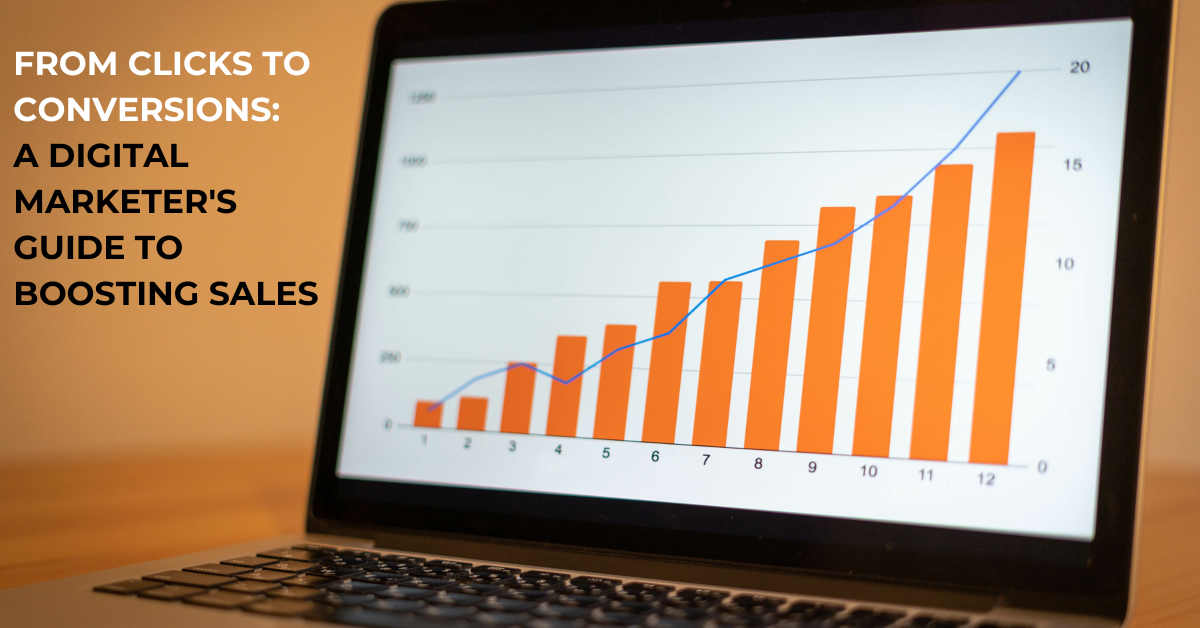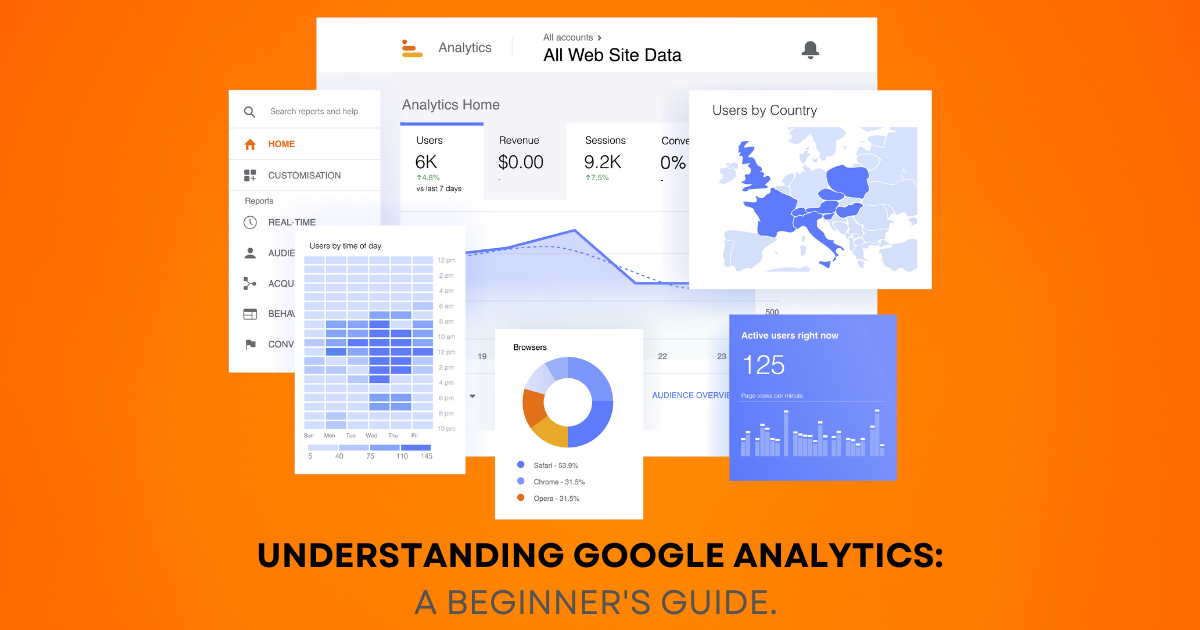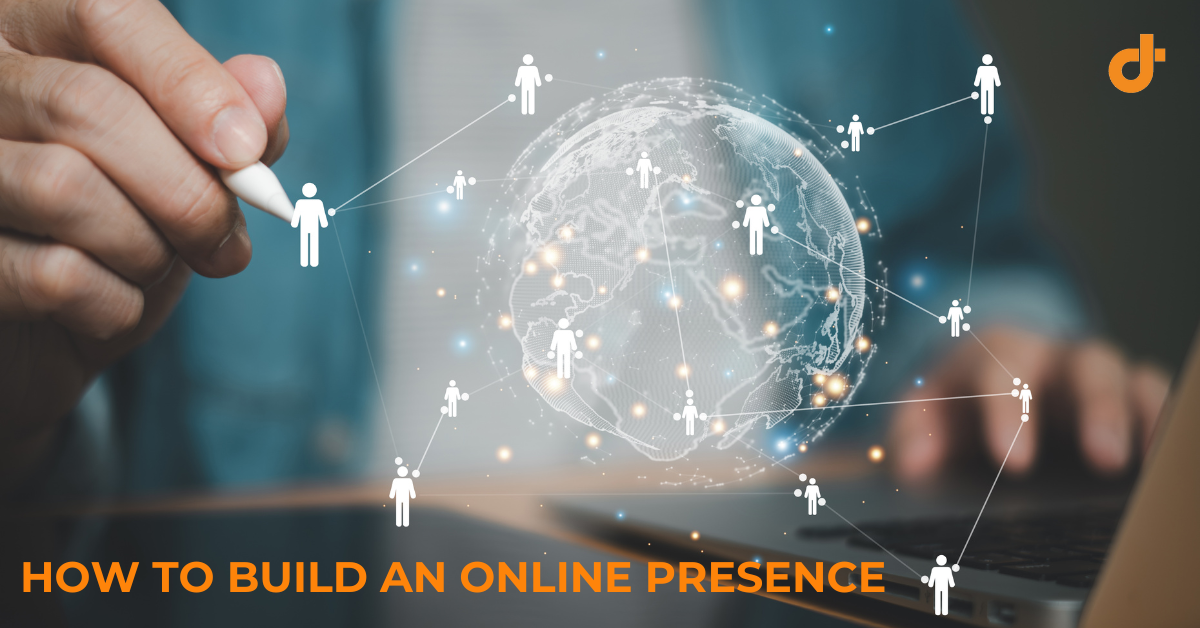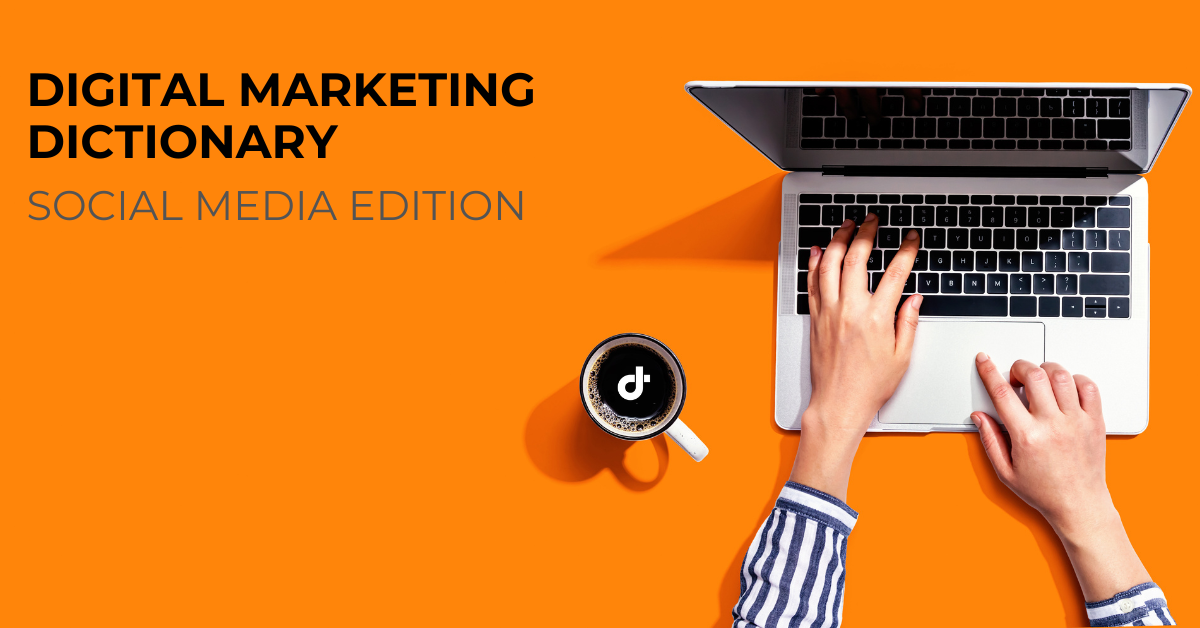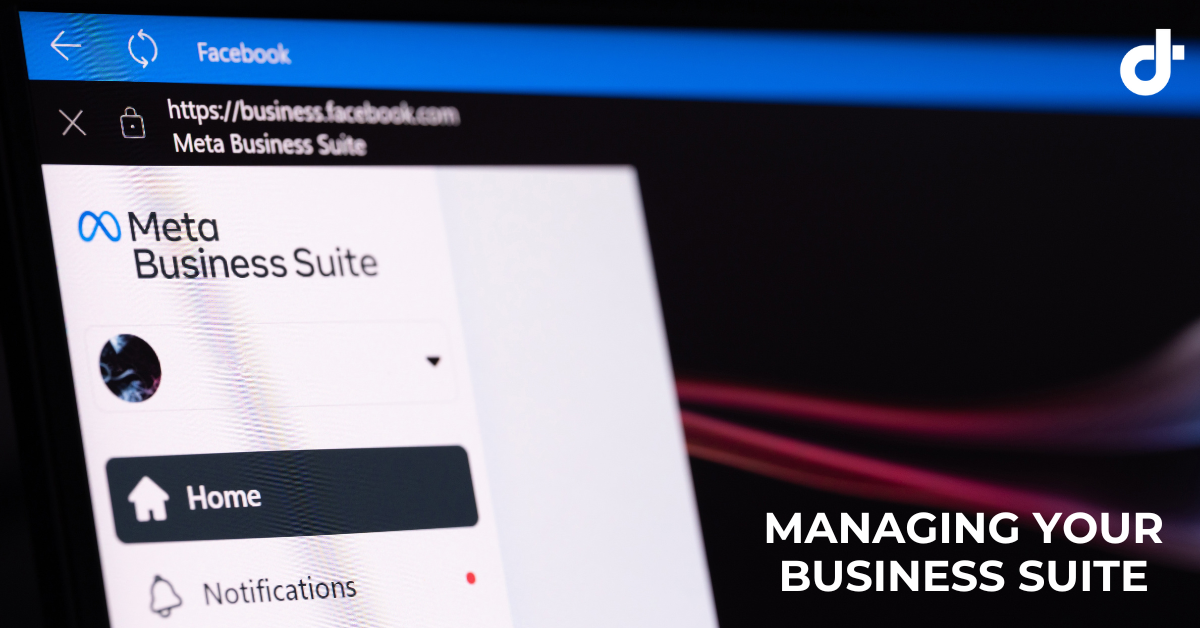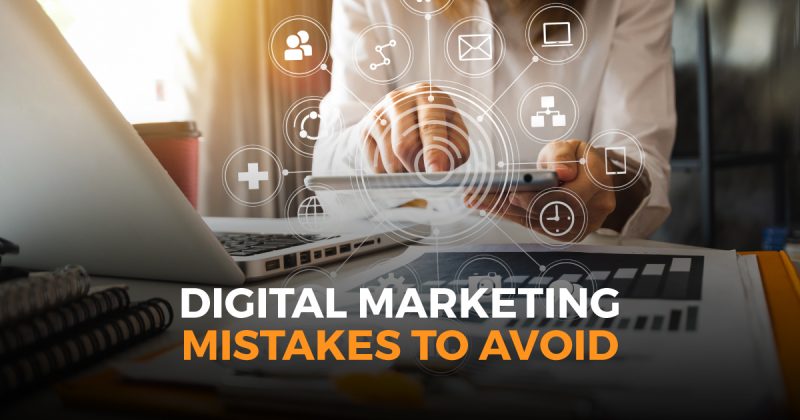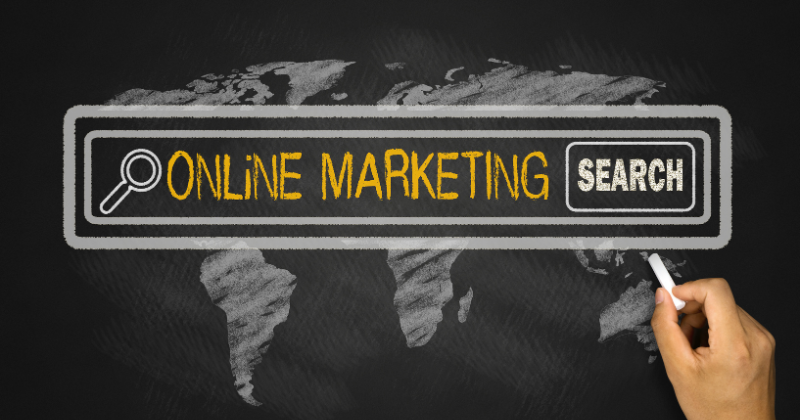From Clicks to Conversions: A Digital Marketer’s Guide to Boosting Sales
In the fast-paced world of digital marketing, staying ahead of the curve is essential for success. As technology and consumer behaviour continue to evolve, it’s crucial for businesses to adapt their strategies to effectively connect with their target audience. Let’s explore the buyer’s journey, the importance of tracking and analyzing website data, effective landing page optimization strategies, persuasive call-to-action (CTA) buttons, the power of social proof and customer testimonials, and how to leverage paid advertising for targeted conversions.
Understanding the Buyer’s Journey
To create an effective digital marketing strategy, it’s essential to understand the buyer’s journey. This journey comprises three main stages: awareness, consideration, and decision. At the awareness stage, potential customers become aware of their problem or need. In the consideration stage, they research potential solutions, and in the decision stage, they choose a specific product or service.
Understanding these stages allows you to tailor your content and messaging to meet the needs of your audience at each step. Content marketing, SEO, and social media all play crucial roles in guiding prospects through the buyer’s journey.
The Importance of Tracking and Analyzing Website Data
Data is the lifeblood of effective digital marketing. To optimize your strategies, it’s crucial to track and analyze website data. Tools like Google Analytics can provide insights into user behaviour, traffic sources, and conversion rates. By interpreting this data, you can make informed decisions to improve user experience and increase conversions.
Regularly reviewing website data helps you identify which marketing channels are driving the most traffic, which pages have the highest bounce rates, and where visitors drop off in the sales funnel. This information is invaluable for fine-tuning your digital marketing efforts.
Effective Landing Page Optimization Strategies
Landing pages are often the first point of contact between your audience and your business. Optimizing these pages for conversions is essential. Elements like compelling headlines, concise content, visually appealing design, and a clear call to action (CTA) can make a significant difference. A/B testing different page variations can help you identify what works best for your target audience and refine your approach.
With design and content, loading speed is a critical factor. Slow-loading pages can deter potential customers, leading to higher bounce rates and lost opportunities. Ensuring your landing pages load quickly is a must.
Implementing Persuasive Call-to-Action (CTA) Buttons
CTAs are the bridge between interest and action in the digital marketing world. Crafting persuasive CTAs is a skill that can greatly impact your conversion rates. Your CTAs should be clear, action-oriented, and create a sense of urgency or value. For example, “Get Started Now” or “Claim Your Free Trial” are more compelling than generic phrases like “Learn More.”
The placement of CTAs is equally important. They should be strategically positioned to guide visitors through the conversion funnel, whether that’s signing up for a newsletter, making a purchase, or filling out a contact form.
The Power of Social Proof and Customer Testimonials
Today’s consumers are savvier than ever, and they often look for social proof before making a decision. Incorporating customer testimonials, reviews, and case studies into your digital marketing strategy can build trust and credibility. These real-life experiences from satisfied customers can be powerful motivators for prospects.
Leverage user-generated content, showcase positive feedback, and provide a platform for customers to share their experiences. This not only instills confidence in your products or services but also humanizes your brand.
Leveraging Paid Advertising for Targeted Conversions
Paid advertising, when executed strategically, can provide a significant boost to your digital marketing efforts. Platforms like Google Ads, Facebook Ads, and LinkedIn Ads allow you to target specific demographics, interests, and behaviours, ensuring your message reaches the right audience.
To maximize the effectiveness of your paid advertising, conduct keyword research, create compelling ad copy, and use A/B testing to refine your campaigns. Balancing your budget and optimizing ad spend can lead to a higher return on investment (ROI).
Mastering the art of digital marketing requires a holistic approach that considers the buyer’s journey, data analysis, landing page optimization, persuasive CTAs, social proof, and paid advertising. By incorporating these elements into your strategy, you can create a well-rounded approach that connects with your audience, drives conversions, and ultimately leads to the success of your digital marketing campaigns. Stay agile, keep learning, and adapt to the ever-changing digital landscape for continued growth and success.

